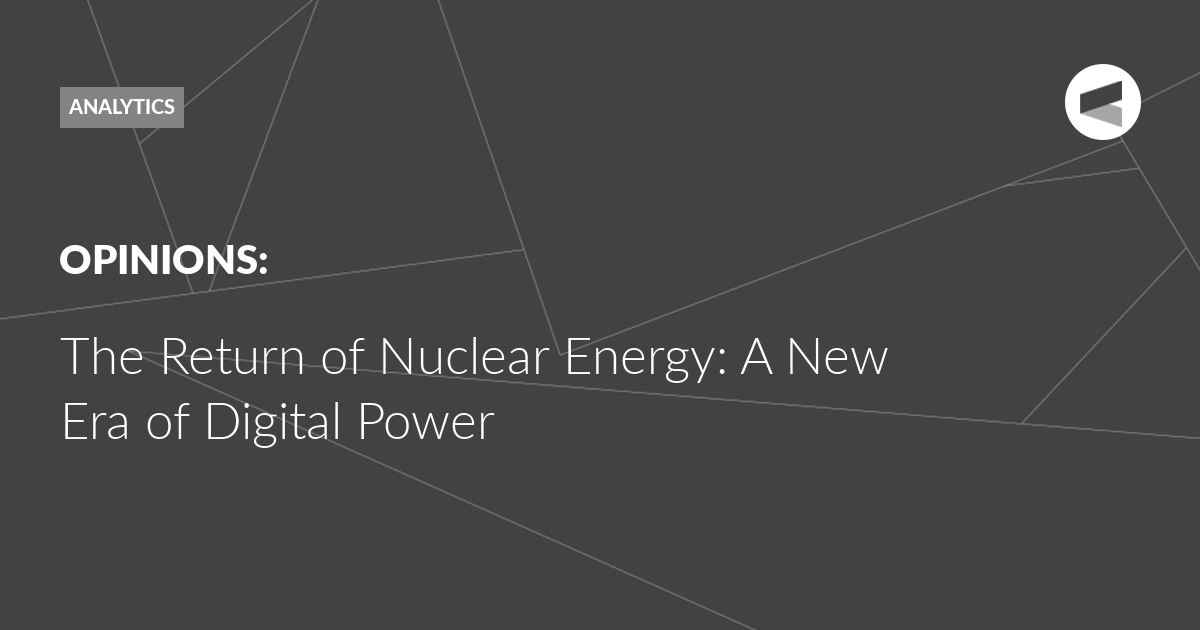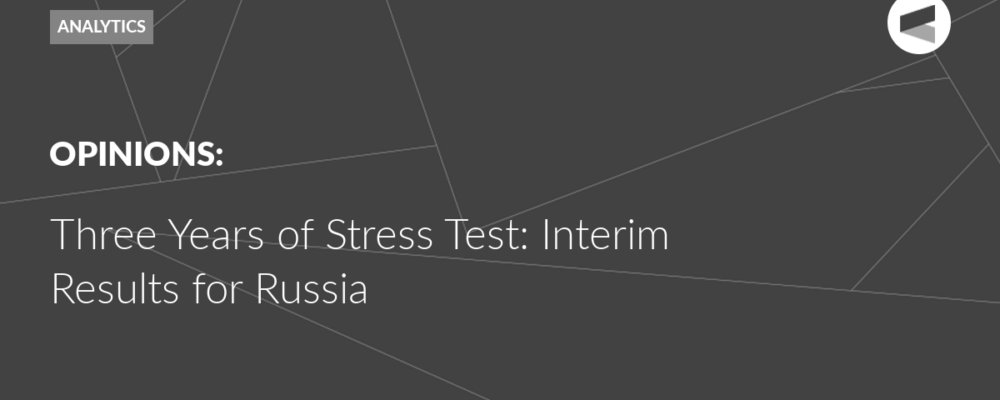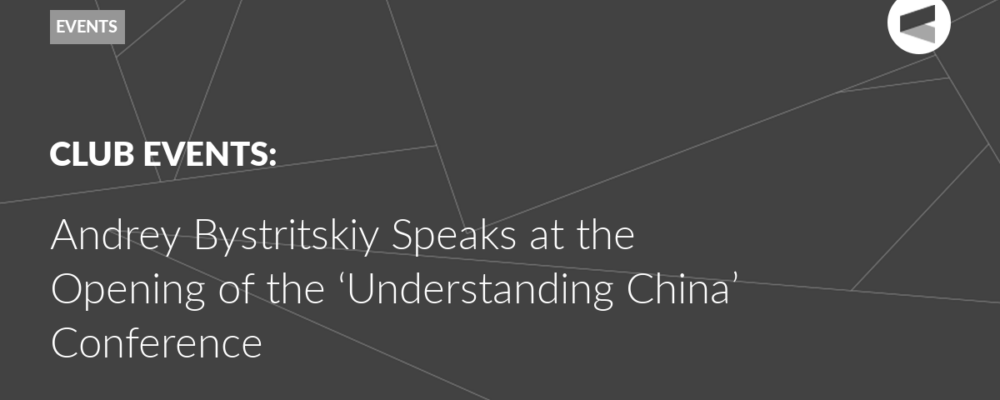International competition in the geo-technological sphere is growing, and the nuclear energy is being reborn in a new way and with new tasks: in the coming years, we can expect large projects to integrate nuclear energy and data centres. If such projects are successful, this will not only accelerate the development of artificial intelligence technology, but also affect the landscape of global energy, Maria Bazlutskaya writes.
Nuclear energy is making a comeback despite all the calls to abandon it in favour of traditional or renewable sources. Against the backdrop of several threatening disasters in the late 20th and early 21st centuries, it seemed that the peaceful atom had lost its popularity – some countries completely abandoned the use of this energy source. However, paradoxically, modern technological challenges are making it popular again. One of the key factors has been the rapid development of artificial intelligence (AI) technologies, which led to a marked increase in energy consumption.
Control over energy is now not just a matter of economics; it has emerged as a tool for managing digital ecosystems. This creates a new area of struggle for political influence – geotechnology. Energy diplomacy is returning to world politics in a new format: states are promoting solutions based on peaceful nuclear energy not only as a basic source of electricity generation, but also as the basis for powering the data centres (DPCs) on which the operation of AI and digital infrastructure depends.
Data centres that provide the training and operation of large language models consume huge amounts of energy. This greatly increases the load on power grids; it requires powerful and, most importantly, stable power sources. Moreover, an additional incentive for returning to nuclear energy has become the improvement of the nuclear reactor technologies themselves. New developments make them safer, more efficient and environmentally sustainable. This, together with new factors of demand, allows us to consider them as a promising solution for the future of energy.
Plans by American IT corporations to create giant data centres the size of Manhattan with a capacity of 2+ GW are fuelling interest in the development of peaceful nuclear energy around the world. A nuclear power plant with a capacity of 1 GW can provide electricity to a city with a population of about 800,000 people – that’s how much energy is required for the development of AI. France, the world leader in the use of nuclear energy (about 70% of all energy consumed in the country is generated by nuclear power plants ) – at the state level has announced the creation of an entire cluster of artificial intelligence connected to nuclear power plants. In Germany, the development of data centres has become a convenient pretext for reviving the discussion about the return of already closed nuclear reactors. Even countries that currently do not have access to nuclear technology are thinking about building such power plants. They include tiny Singapore, whose government has proclaimed a strategy to transform the city-state into a new AI hub.
There are three main types of projects aimed at providing data centres with energy using nuclear technology. First, connecting to existing nuclear fission reactors, including reopening previously closed nuclear power plants. Second, new investments in nuclear fusion technologies to create thermonuclear reactors. And, finally, developing and building small modular reactors (SMRs), which are compact, safer, and more flexible to deploy.
An example of the first approach is the joint project between Microsoft and Constellation Energy to restore Unit 1 of the 835 MW Three Mile Island nuclear power plant in the United States, which was closed in 2019. Rosatom is engaged in the placement of data centres based on the capacities of nuclear power plants in Russia as part of the Mendeleev project. For example, the largest Russian Data Processing Centre “Kalininsky”, which has a capacity of 48 MW has been operating at the Kalinin NPP site in the Tver Region since 2018.
The second option for development of the peaceful atom, including for powering data centres, is nuclear fusion technologies. At the international level, development is carried out within the framework of the ITER (International Thermonuclear Experimental Reactor) project. Russia, China and the USA are conducting experiments independently. Such industry giants as the American company OpenAI, which has invested $375 million in the new startup Helion, have placed crazy hopes on this technology. At the same time, if earlier the Americans were considered leaders in the total volume of investments in thermonuclear technologies, today they have been overtaken by China, which invests, according to rough estimates, twice as much and implements projects much faster, striving to be the first to achieve the commercial use of nuclear fusion. Therefore, China is actively developing its own experimental installations – “artificial sun” or EAST (Experimental Advanced Superconducting Tokamak) – a reactor that imitates the processes inside the Sun which promises to generate virtually infinite energy. China’s efforts are causing concern among the old leaders of investment in fusion technologies, and this, ultimately, has intensified the competition for technological superiority in the field of energy production.
Finally, a priority area of investment for technology giants like Google or Amazon
is the development of small modular reactors (SMR) with a capacity of up to 300 MW. The reason is that SMRs are easier to place in close proximity to existing data centres, which will reduce energy losses during its transportation. It is also believed that they can be built faster, and they are not associated with the traditional and, in the opinion of some, “unwieldy” energy of “large reactors”. However, as of early 2025, small modular reactors are only in operation in Russia and China. There are four more SMRs under construction: two of them are in Russia, one in China and one in Argentina. The rest of the countries are lagging behind and are still at the development or prototype stage.
Despite not having created its own SMR yet, the United States is already actively promoting its plans to build small modular reactors in an effort to use this technology to oust Russian and Chinese competitors from the peaceful atom market. The US Department of Energy has identified this technology as strategically important, and in 2019, under the first Trump administration, launched the Advanced SMR R&D Programme. Its goal is to develop and export American geo-technologies in the field of nuclear energy. It is assumed that with the help of SMR diplomacy the United States will be able to eliminate competitors. In Europe, the first step was cooperation with Romania, which refused a joint project with China, explaining this by citing the need for environmentally friendly energy within the framework of the Green Deal for Europe. In 2021, at the UN Climate Change Conference COP26, Romania signed an agreement with the American company NuScale Power to build the first SMR in Europe. Another important success is the agreement between the US and Ghana has been on the construction of small modular reactors. If the project is successful, it will make American nuclear technology more attractive to the African market. The continent, which has almost no nuclear energy, may become a promising region for the spread of SMRs.
In parallel, the United States is exploring opportunities in the post-Soviet space. Armenia could be one of its potential partners. However, the question of cooperation remains open. In early 2024, Prime Minister Nikol Pashinyan said that the country needs new nuclear power plants, and the authorities are considering proposals from Russia, the United States and South Korea. The gradual cooling of relations between Moscow and Yerevan could open up opportunities for the United States to establish influence over the Armenian nuclear energy market, as Western analysts openly write.
For the US, SMRs are both a wedge and a lasso. Under the guise of developing energy infrastructure, Washington is ready to use these technologies as a tool for division and control. Small modular reactors, proposed as an independent and sustainable source of energy for data centres, if successfully implemented, will provide Washington with a key lever of influence on digital processes around the world. Combined with control over the graphics processor market and dominant positions in the field of AI services, this will maximally strengthen Washington’s position in the artificial intelligence race. At the same time, the emergence of an American SMR is only a matter of time.
But the current situation may play into the hands of Russia and China. The aggressive policy of the US in promoting SMR contracts, contrary to Washington’s expectations, may increase interest in alternative proposals from Rosatom and Chinese companies. Against the backdrop of the global trend towards digital sovereignty and the dominance of American IT corporations in the field of artificial intelligence, Moscow and Beijing have a window of opportunity. They can offer countries energy solutions for the digital sphere, which will de facto reduce dependence on the United States as a monopolist. The use of Russian and Chinese technology will help countries diversify suppliers, reduce risks and manoeuvre between competing interests, achieving the most favourable conditions from each player.
International competition in the geo-technological sphere is growing, and the nuclear energy is being reborn in a new way and with new tasks: in the coming years, we can expect large projects to integrate nuclear energy and data centres. If such projects are as successful as their enthusiasts expect, this will not only accelerate the development of artificial intelligence technology, but will also seriously affect the landscape of global energy, and therefore the configuration of technological ecosystems that will form the basis of digital international relations.
The Valdai Discussion Club was established in 2004. It is named after Lake Valdai, which is located close to Veliky Novgorod, where the Club’s first meeting took place.
Please visit the firm link to site






